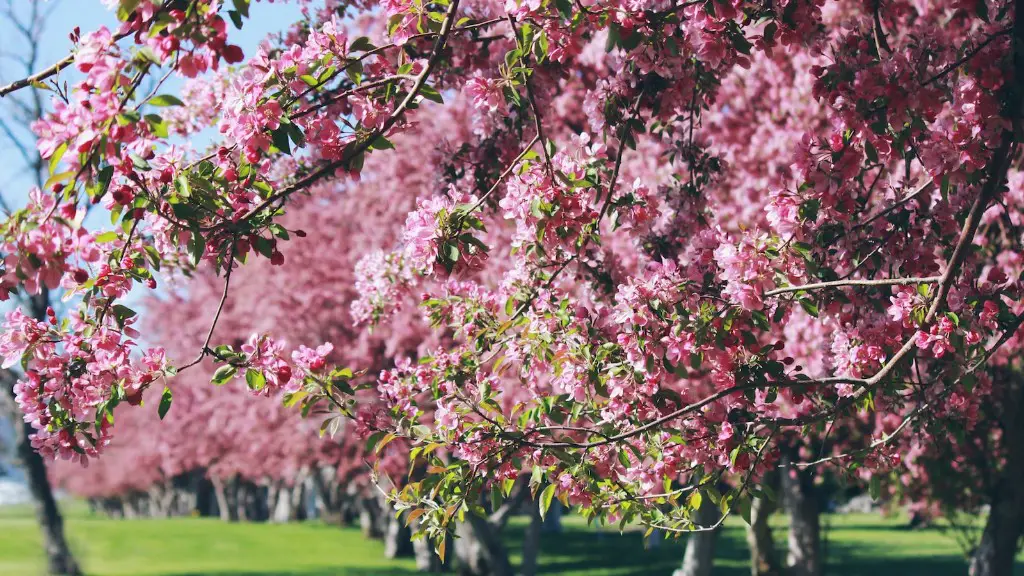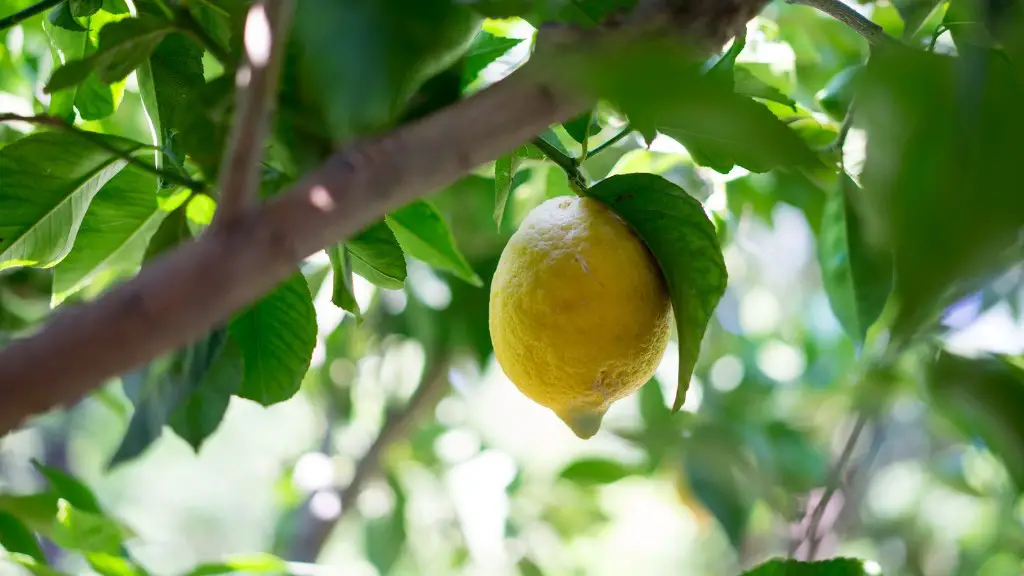Lemon trees can make a great addition to any backyard. Here is a guide on how to plant and take care of a lemon tree to ensure the best chances of success.
Firstly, it is important to pick a healthy tree. Look for one with lush green foliage and light-colored flowers. Avoid trees with wilted foliage and dark-colored flowers, as these could indicate disease. When picking the right spot to plant the tree, make sure that it is in a location that gets at least six hours of direct sunlight each day.
Secondly, prepare the soil before planting. As lemons require well draining soil and a pH balance of 6-7, it is important to use soil amendments. Make sure to mix in organic matter such as compost and manure, or peat moss and vermiculite to get the right pH balance. Additionally, adding a slow release fertilizer to the soil can help give the tree the necessary nutrients for growth.
Thirdly, it is time to plant the tree. Dig a hole as deep as the lemon tree’s root ball and two to three times as wide. Position the tree in the center and gently spread out the roots before filling the hole with the prepared soil. Pack soil firmly around the tree and water deeply until moist. Finally, mulch the soil up to three inches thick.
Fourthly, water and prune your tree to maintain it. Aim to water approximately once a week, adding enough so that the soil is moist but not saturated. When pruning, avoid removing too many branches and instead, focus mainly on removing dead, diseased, and crossed branches. Prune lightly and remember to always use sharp and clean tools.
Protection from Pests and Diseases
To protect the lemon tree from pests and diseases, you need to stay vigilant. Inspect the tree regularly for signs of stress or distress, such as yellow leaves or wilting foliage. If any signs appear, consult a professional for advice on how to proceed. Additionally, maintaining a healthy tree is key, so make sure that the soil is well-draining and fertilize, water, and prune the tree when necessary.
Harvesting and Storing Lemons
To harvest ripe lemons, wait until they have become fragrant and can easily be plucked away from the twig. If the lemons don’t come off easily, you may need to give them a twist. Store lemons in a cool and dry environment, but avoid refrigeration as this can cause them to shrivel. To maximize the shelf life of harvested lemons, store them in the refrigerator in an airtight container.
Fertilizer Types for Lemons
Fertilizing a lemon tree is essential for the health of the tree and to produce juicy lemons. An all-purpose fertilizer should be applied in early spring and then repeated for two more times during the growing season. It is equally important to adjust the amount of fertilizer applied based on the nitrogen content in the soil. Avoid using fertilizers with too much nitrogen, as high nitrogen content can negatively affect fruit size and quality.
Precautions to Consider
When growing lemon trees, there are a few key precautions to take. Be sure to keep the tree well hydrated, as too much or too little water can lead to various diseases. Additionally, make sure to inspect the tree regularly for signs of pests, diseases, and nutritional deficiencies. If any of these appear, don’t hesitate to consult a professional for advice.
Preventing Citrus Greening Disease
Citrus greening disease is a bacterial infection that is spread by an insect, the Asian citrus psyllid. To reduce the risk of infection, make sure to inspect the tree regularly for signs of the insect, such as its white, waxy secretions. Additionally, you can use insect growth regulators to reduce the psyllids’ lifespan and chances of reproducing. Finally, contact an expert for advice on how to safely remove any infected parts of the tree.


